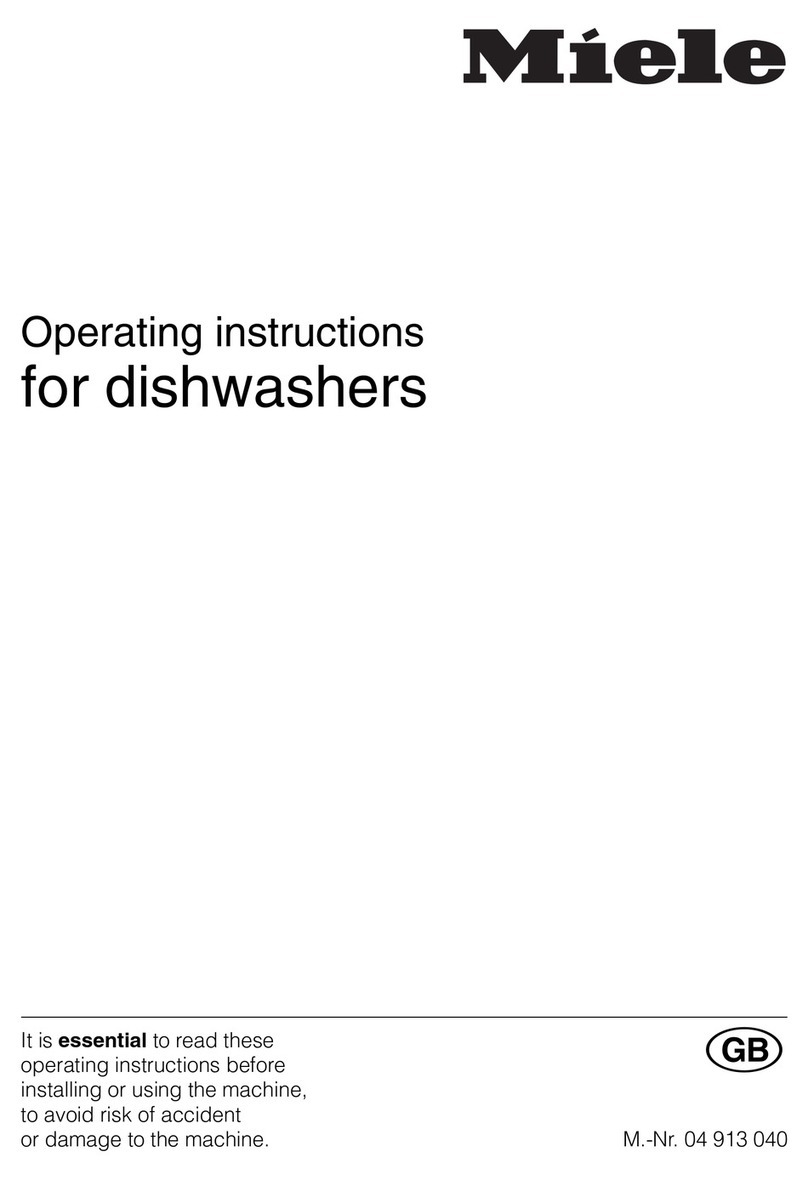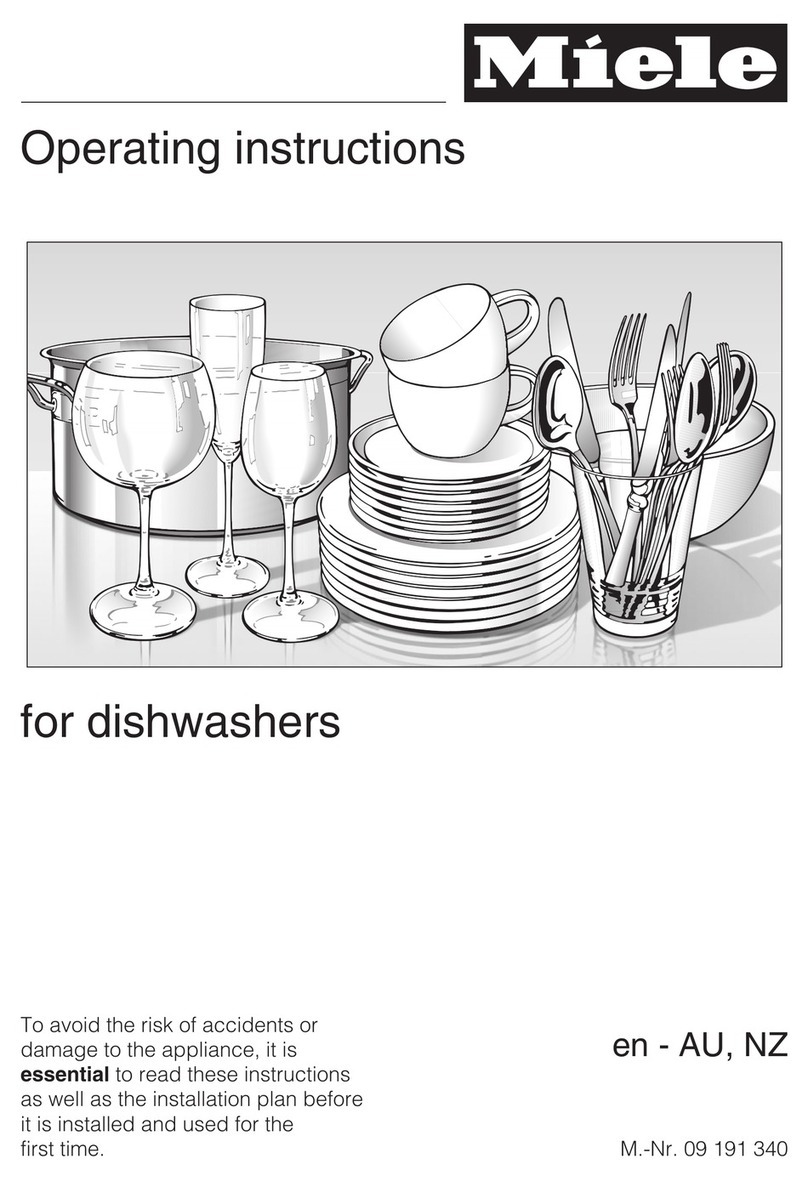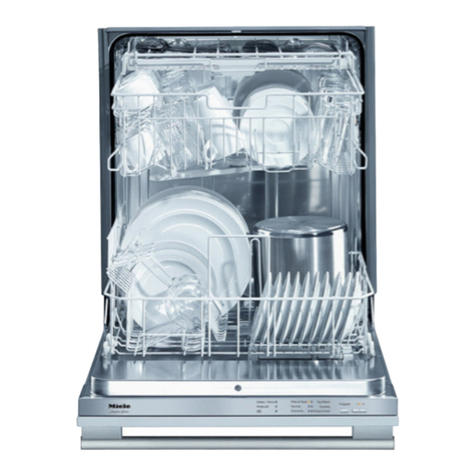Miele G 595 SC User manual
Other Miele Dishwasher manuals

Miele
Miele G 693-4 User manual

Miele
Miele G 7856 User manual
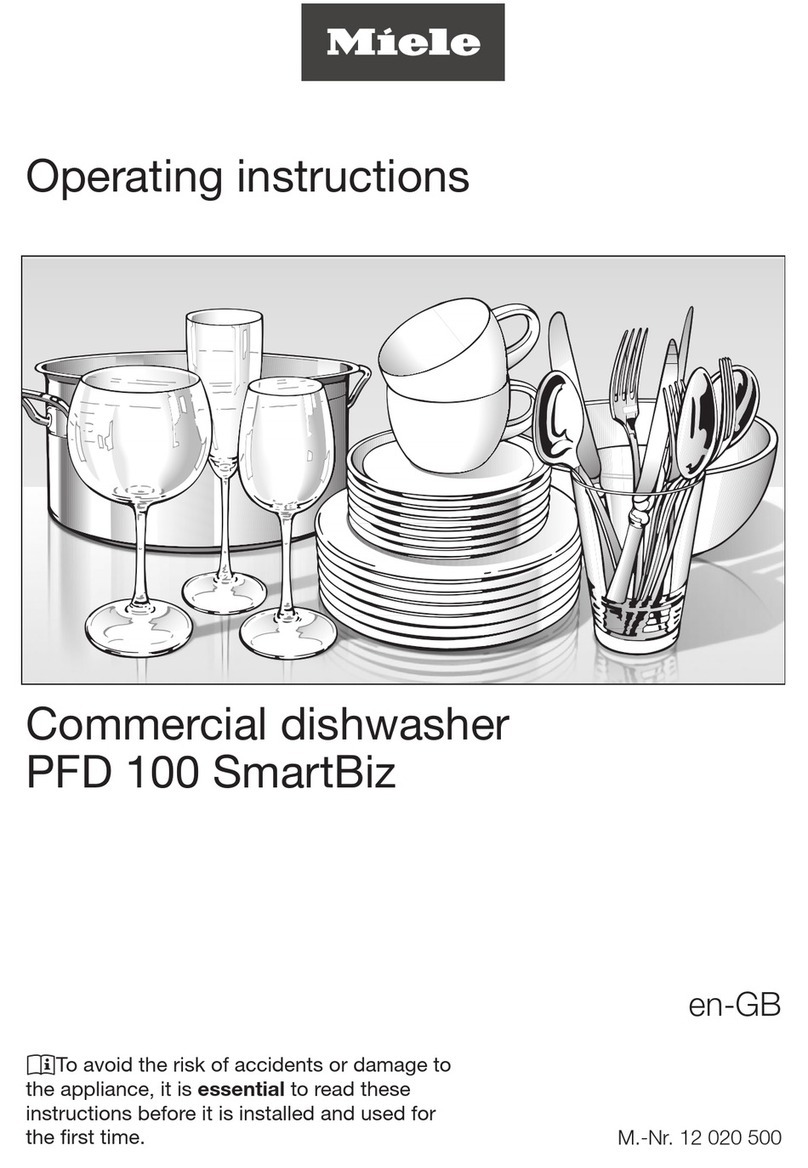
Miele
Miele PFD 100 SmartBiz User manual
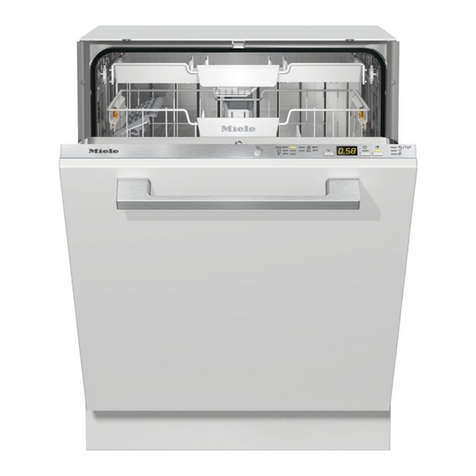
Miele
Miele G 5050 C SCVi Active User manual

Miele
Miele G 7100C User manual
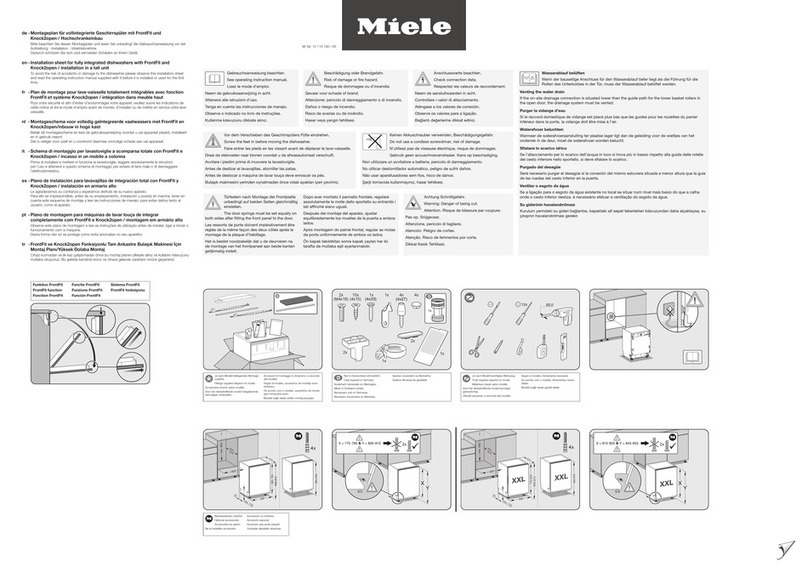
Miele
Miele G 27688-60 SCVi XXL AutoD K2O Assembly instructions
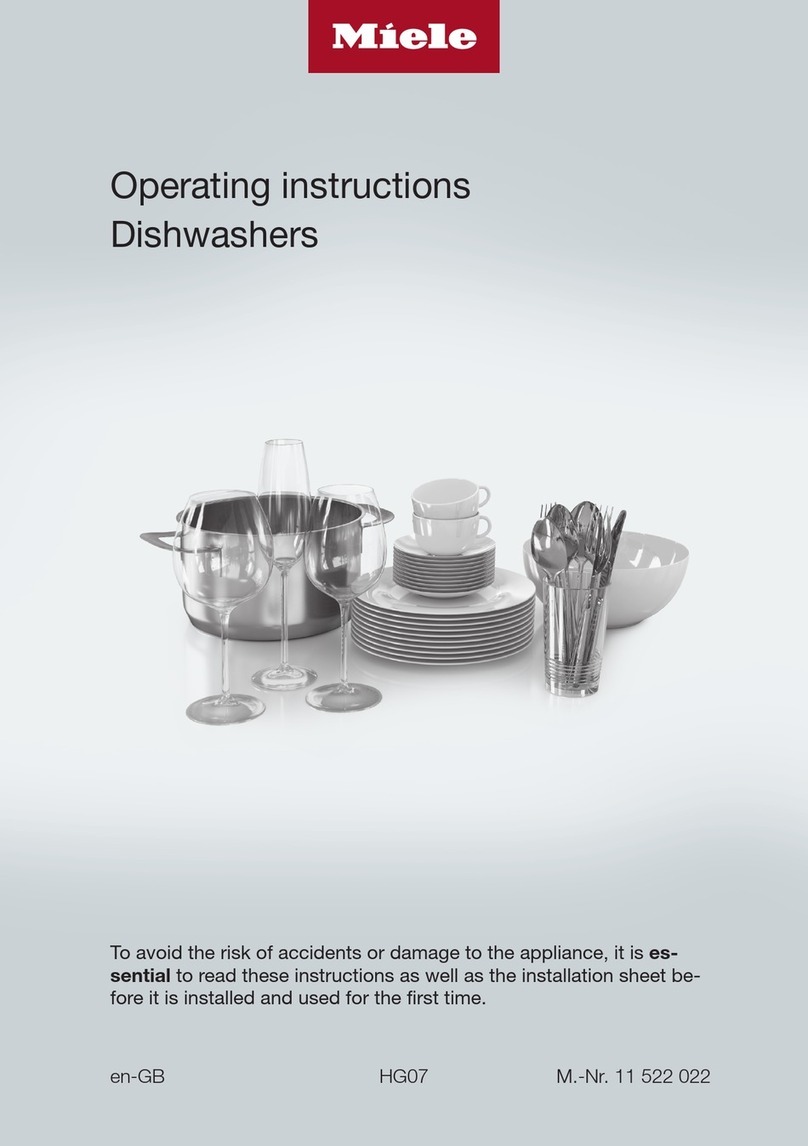
Miele
Miele G 5260 SCVi Active Plus User manual

Miele
Miele G 7825 User manual
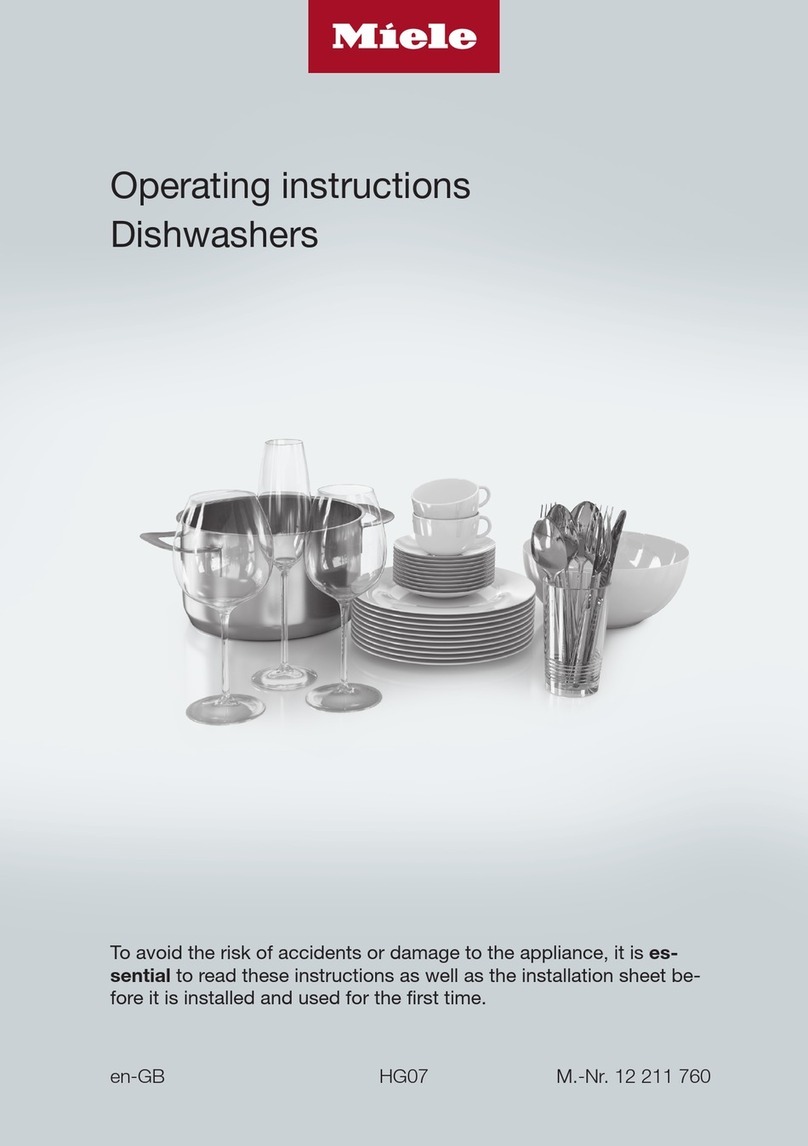
Miele
Miele G 5150 User manual
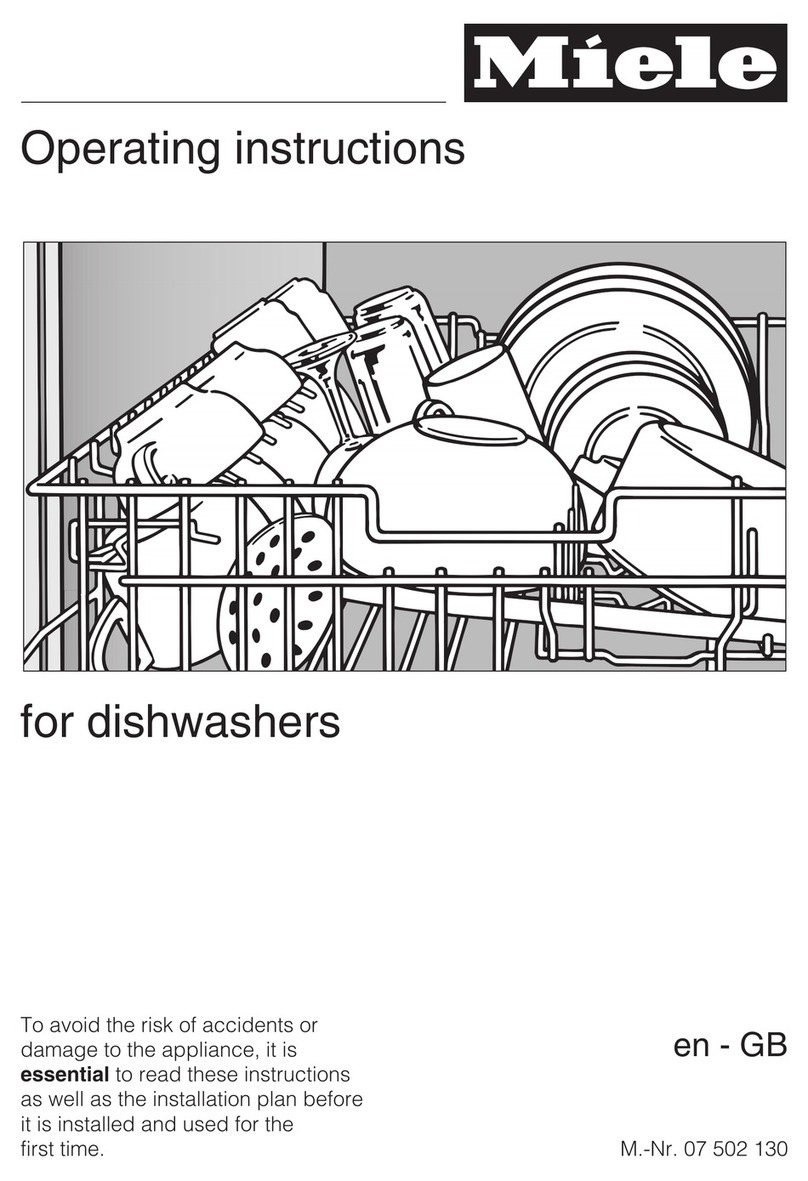
Miele
Miele G 1202 SC User manual

Miele
Miele Inspira G 1150 User manual

Miele
Miele PFD 104 SCVi User manual

Miele
Miele G 6660 SCVi Guide
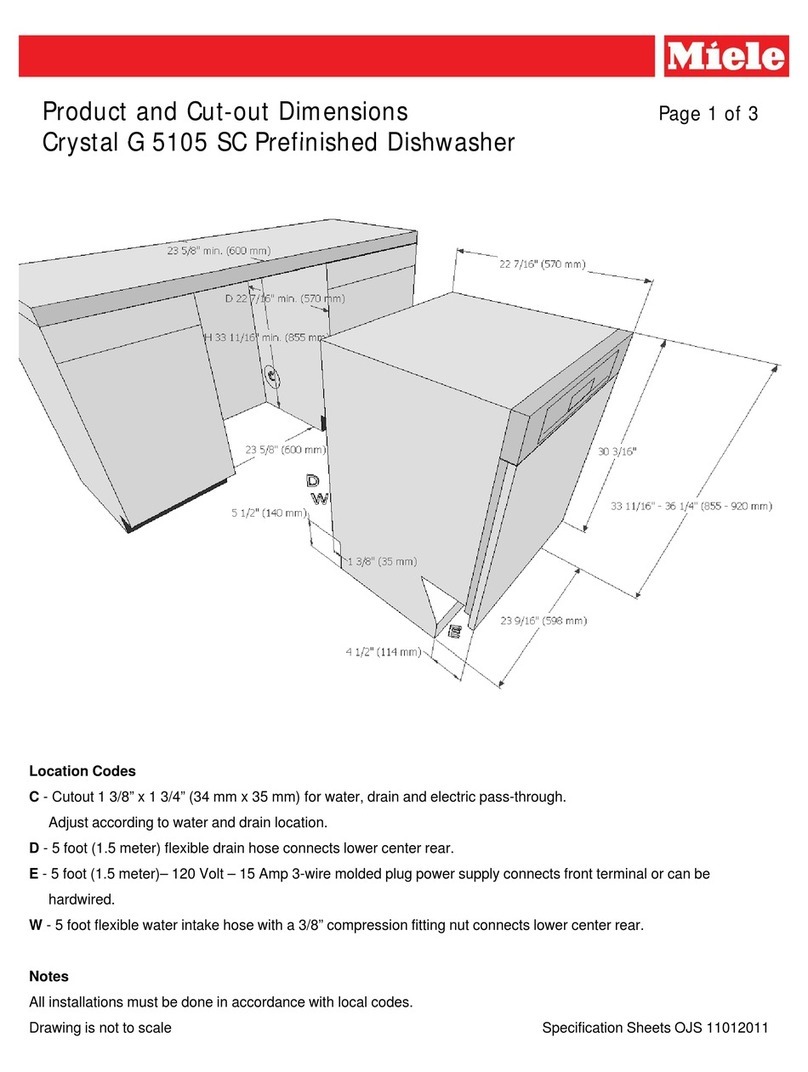
Miele
Miele Crystal G 5105 SC Parts list manual
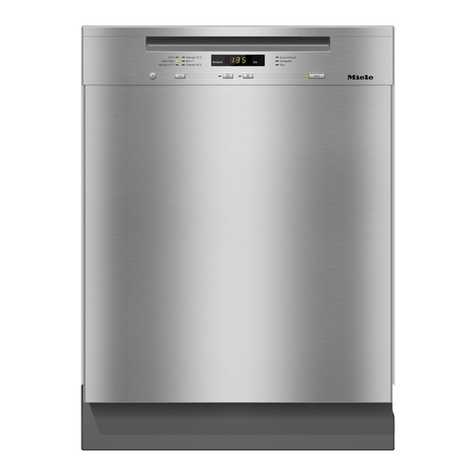
Miele
Miele G 6105 User manual
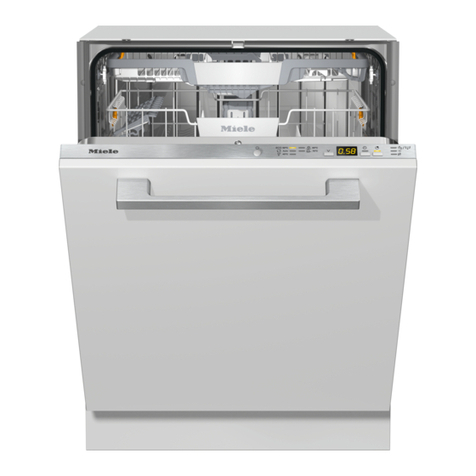
Miele
Miele G 5260 User manual
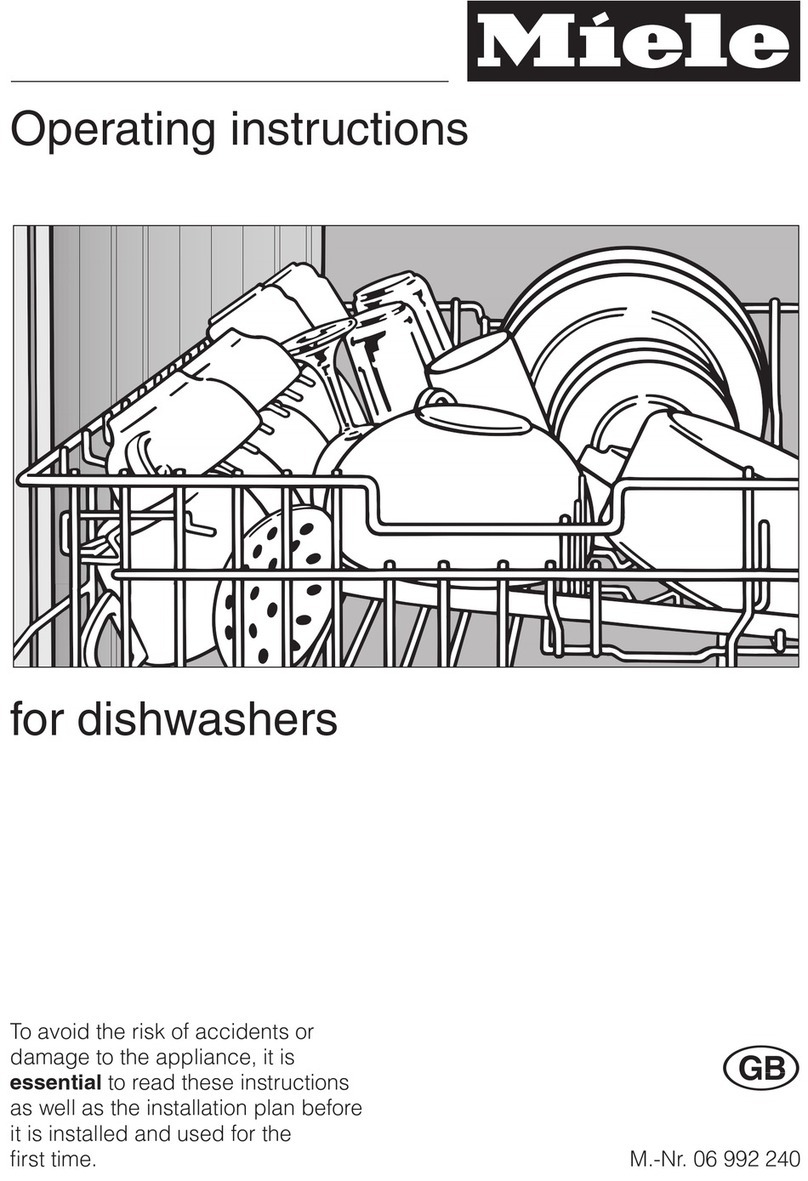
Miele
Miele G 1272 User manual
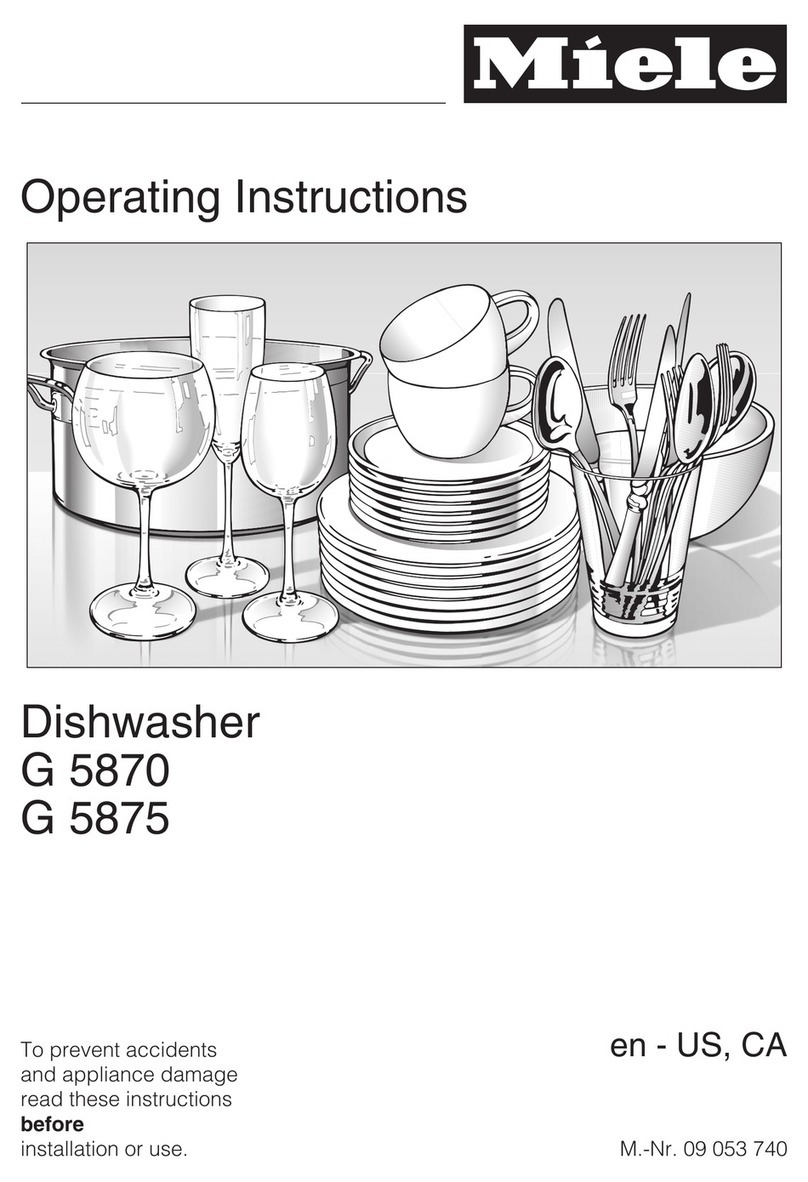
Miele
Miele G 5870 User manual
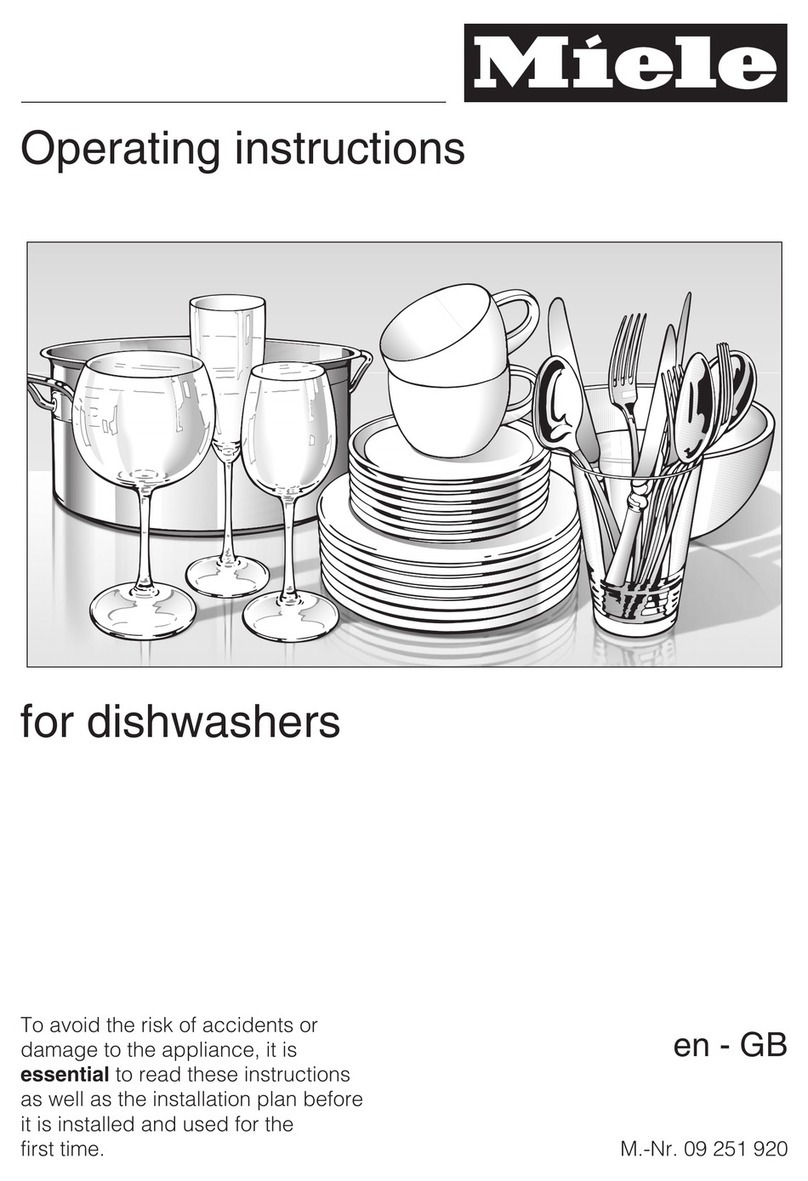
Miele
Miele for dishwashers User manual

Miele
Miele PG 8593 User manual

